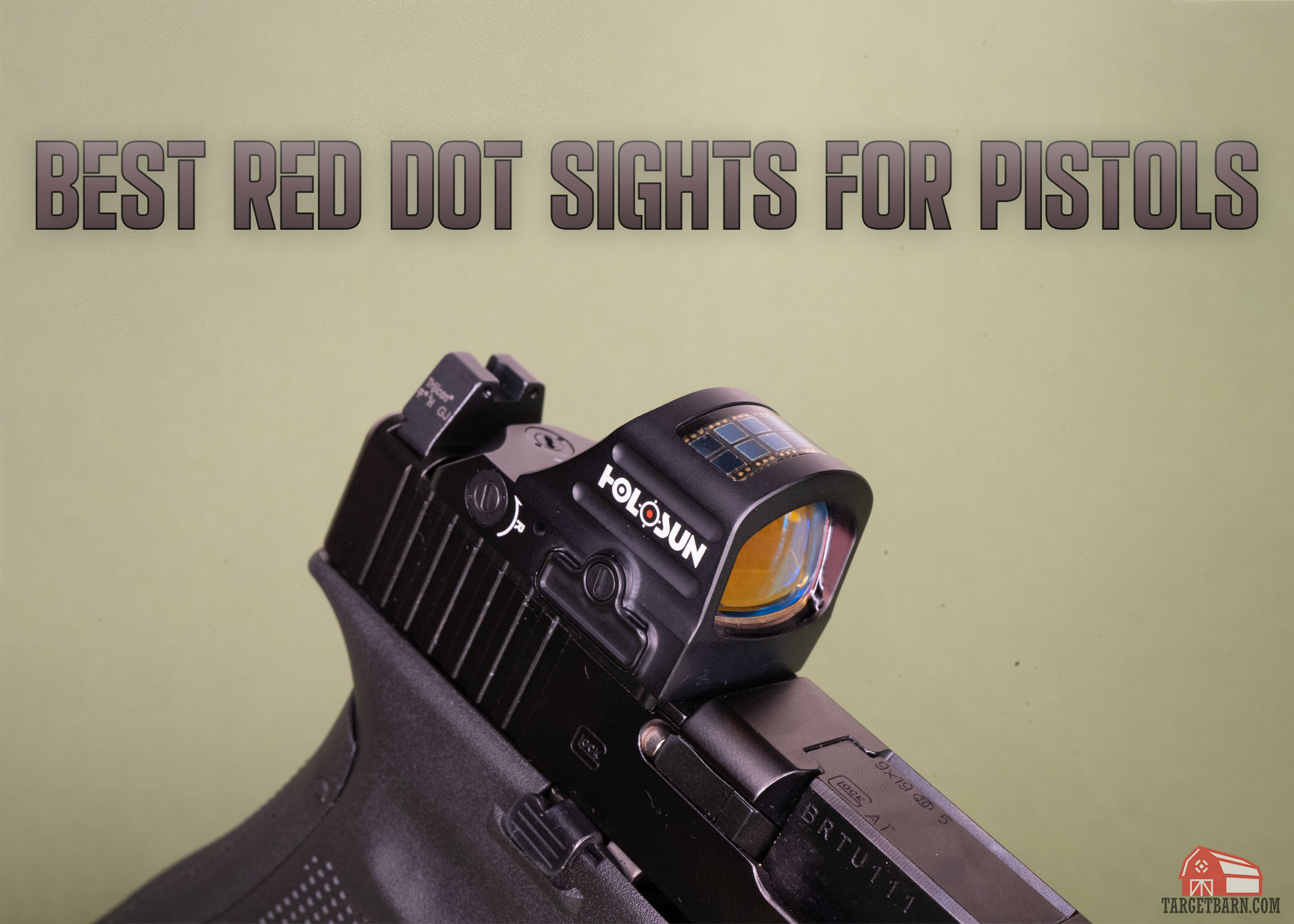
Unveiling the Best Optics: A Comprehensive Guide for Discerning Users
In a world increasingly reliant on visual data, the importance of high-quality optics cannot be overstated. From scientific research to everyday photography, the clarity and precision of optical instruments profoundly impact our ability to observe, analyze, and understand the world around us. This guide delves into the realm of best optics, exploring the factors that contribute to superior performance, the diverse applications where they are crucial, and the key considerations for selecting the right optical components for your specific needs. Whether you’re a seasoned professional or a curious enthusiast, understanding the nuances of best optics will empower you to make informed decisions and unlock the full potential of your visual endeavors.
Understanding the Fundamentals of Optics
Before exploring specific applications and product recommendations, it’s essential to grasp the fundamental principles that govern optical performance. Key concepts include:
- Refractive Index: This measures how much light bends when passing from one medium to another. Higher refractive indices generally indicate denser materials that can bend light more effectively.
- Dispersion: This describes the extent to which different wavelengths of light are refracted at different angles. High dispersion can lead to chromatic aberration, where colors are not focused at the same point.
- Aberrations: These are imperfections in optical systems that distort the image. Common aberrations include spherical aberration, coma, astigmatism, and distortion. Correcting these aberrations is a critical factor in achieving best optics.
- Resolution: This refers to the ability to distinguish fine details. Higher resolution allows for sharper and more detailed images.
- Transmission: This measures the percentage of light that passes through an optical element. High transmission is essential for maximizing brightness and minimizing signal loss.
- Coating: Thin films applied to optical surfaces to enhance performance, such as anti-reflective coatings to maximize transmission and protective coatings to prevent damage.
Key Components of Optical Systems
Optical systems are composed of various components, each playing a specific role in image formation. Understanding these components is crucial for appreciating the overall performance of best optics.
- Lenses: These refract light to focus it and form an image. Different lens designs, such as convex, concave, and aspheric lenses, are used to correct aberrations and achieve specific optical properties.
- Mirrors: These reflect light to redirect it or form an image. Mirrors are often used in telescopes and other optical instruments where large apertures are required.
- Prisms: These refract and reflect light to deviate the beam path or separate colors. Prisms are used in binoculars, spectrometers, and other optical devices.
- Filters: These selectively transmit or block certain wavelengths of light. Filters are used to enhance contrast, reduce glare, or isolate specific spectral regions.
- Beam Splitters: These divide a beam of light into two or more beams. Beam splitters are used in interferometers, microscopes, and other optical instruments.
Applications of Best Optics Across Industries
The demand for best optics spans a wide range of industries, each with unique requirements and challenges.
Scientific Research
In scientific research, best optics are essential for high-resolution imaging, precise measurements, and accurate data acquisition. Telescopes, microscopes, spectrometers, and other scientific instruments rely on best optics to push the boundaries of knowledge and explore the universe, the microscopic world, and the fundamental properties of matter. [See also: Advanced Microscopy Techniques]
Medical Imaging
Medical imaging relies heavily on best optics for accurate diagnosis and treatment. Endoscopes, ophthalmoscopes, and other medical devices use best optics to visualize internal organs, diagnose diseases, and guide surgical procedures. The development of new optical imaging techniques, such as optical coherence tomography (OCT), is revolutionizing medical diagnostics. Without best optics, these advancements would not be possible.
Manufacturing and Quality Control
In manufacturing, best optics are used for precision measurement, defect detection, and quality control. Machine vision systems, laser scanners, and other optical inspection tools rely on best optics to ensure the accuracy and reliability of manufactured products. The need for high-precision manufacturing in industries such as aerospace and automotive drives the demand for best optics. [See also: Automated Quality Control Systems]
Photography and Videography
The quality of a camera lens is paramount in photography and videography. Best optics deliver sharper images, richer colors, and reduced distortion. Professional photographers and videographers rely on best optics to capture stunning visuals and create compelling stories. The evolution of camera lens technology continues to push the boundaries of image quality, making best optics more accessible to a wider audience.
Defense and Security
In defense and security, best optics are crucial for surveillance, reconnaissance, and target acquisition. Night vision devices, thermal imagers, and other optical systems enable soldiers and law enforcement officers to see in low-light conditions and detect threats from long distances. The development of advanced optical technologies is essential for maintaining national security. The best optics offer a distinct advantage in critical situations.
Factors to Consider When Choosing Best Optics
Selecting the right optical components requires careful consideration of several factors, including:
- Application: The specific application will dictate the required performance characteristics, such as resolution, field of view, and wavelength range.
- Budget: The cost of optical components can vary widely depending on the quality and complexity. It’s essential to balance performance requirements with budget constraints.
- Size and Weight: In some applications, such as portable devices, size and weight are critical considerations.
- Environmental Conditions: Optical components may need to withstand harsh environmental conditions, such as extreme temperatures, humidity, or vibration.
- Manufacturer Reputation: Choosing a reputable manufacturer with a proven track record of quality and reliability is essential.
The Future of Optics
The field of optics is constantly evolving, with new technologies and materials emerging all the time. Some of the most promising areas of research include:
- Metamaterials: These are artificial materials with properties not found in nature, such as negative refractive index. Metamaterials could revolutionize optical design and enable new types of optical devices.
- Nanophotonics: This involves manipulating light at the nanoscale using structures such as photonic crystals and plasmonic resonators. Nanophotonics could lead to smaller, faster, and more efficient optical devices.
- Adaptive Optics: This technology uses deformable mirrors to correct for atmospheric turbulence and other distortions, enabling sharper images from telescopes and other optical instruments.
- Integrated Photonics: This involves integrating multiple optical components onto a single chip, similar to integrated circuits in electronics. Integrated photonics could lead to smaller, cheaper, and more robust optical systems.
Conclusion: Investing in Quality Optics
The pursuit of best optics is a continuous journey, driven by the ever-increasing demands of science, technology, and industry. Whether you’re a scientist, engineer, photographer, or simply someone who appreciates the beauty of the visual world, understanding the principles and applications of best optics will empower you to make informed decisions and unlock the full potential of your visual endeavors. Investing in high-quality optics is an investment in clarity, precision, and ultimately, a better understanding of the world around us. The difference between standard and best optics is often the difference between seeing and truly understanding. Remember to research thoroughly and consider all relevant factors before making a purchase. The best optics for one application may not be the best optics for another. Consider your specific needs and priorities carefully. The best optics are within reach, and the benefits are undeniable. Choosing the best optics available will enhance your work and your vision. The quest for best optics is a worthwhile endeavor, leading to clearer vision and greater understanding. The impact of best optics is felt across numerous industries, driving innovation and progress. The search for best optics never truly ends, as technology continually advances. Investing in best optics is an investment in the future. The advancements in best optics are constantly improving the quality of our lives. The best optics are an essential tool for professionals in many fields. Discovering the best optics for your needs is a rewarding experience. The world of best optics is vast and ever-changing, offering endless possibilities.

